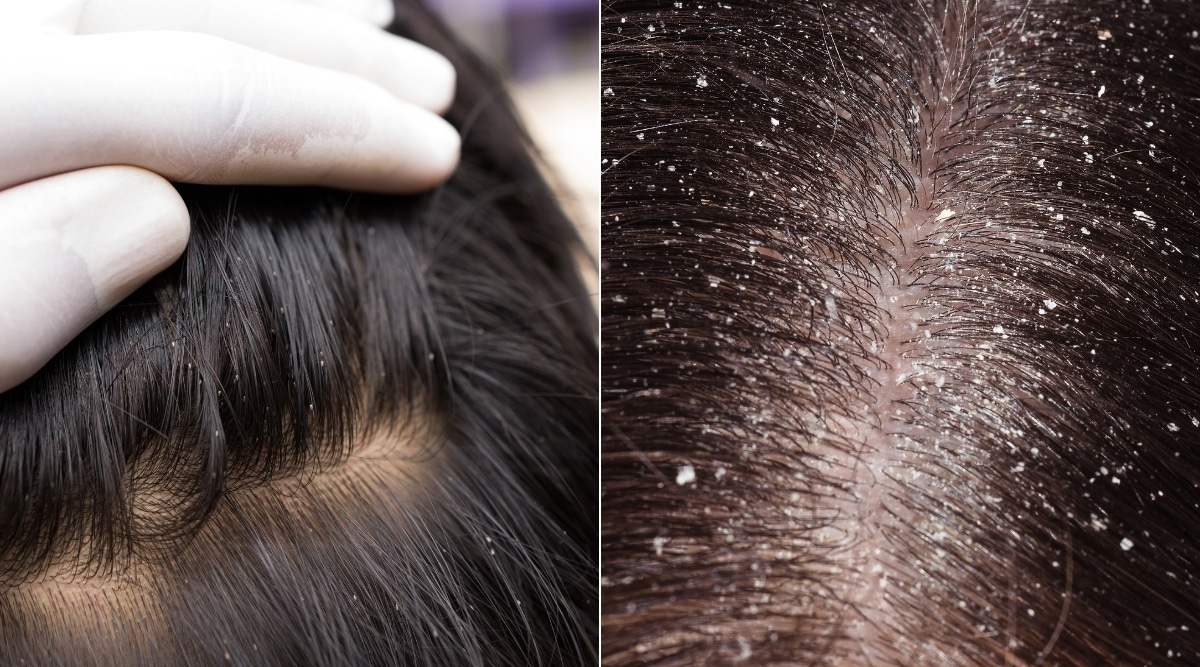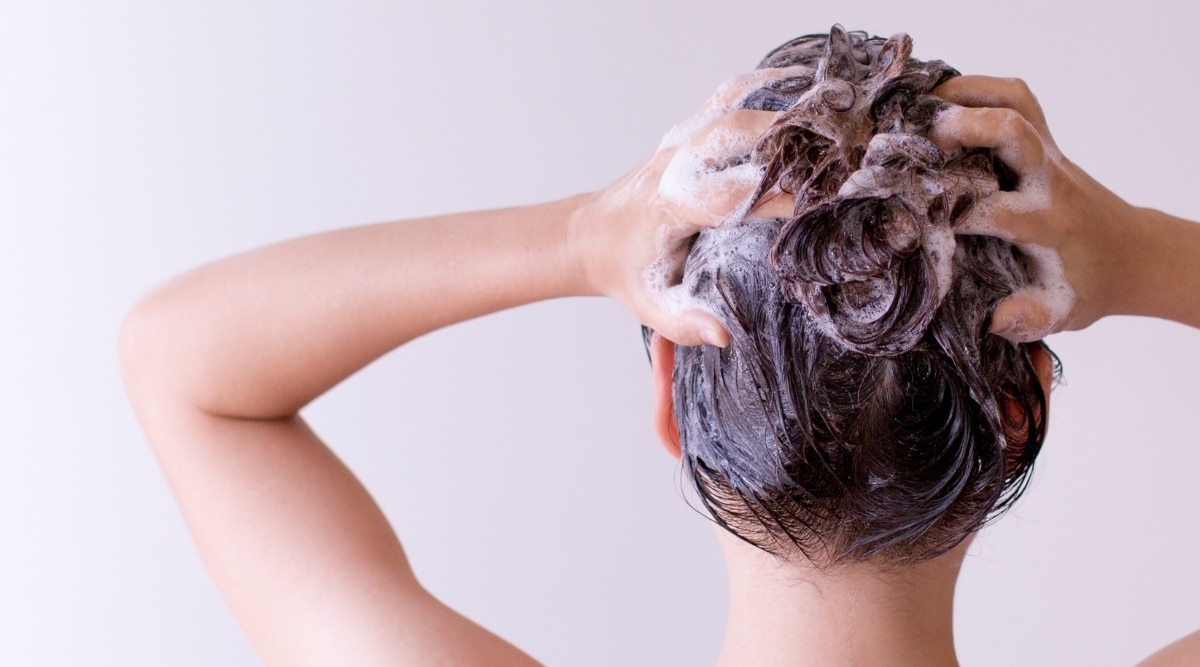Head Lice Eggs vs. Dandruff: How To Identify What You Have
Can't figure out if you have lice or dandruff? In this article we compare both, including symptoms and similarities. We also walk through how to treat each condition, as well as how to prevent them in the first place.

Dandruff and head lice are two common conditions from which many people suffer. Although they are similar in some respects, lice and dandruff have different causes and require completely different treatment. But because of their looks, people often make assumptions as to what they have when comparing head lice vs. dandruff.
But if you have one of these conditions, chances are you may think you have the other. Both are difficult to get rid of, but it’s important to identify exactly what you have. Head Lice especially need immediate treatment to prevent their spread. Dandruff is essentially just dry skin, and can be treated over time.
In this article, we’re going to compare and contrast lice versus dandruff. Once you know which one you have, you’ll know how to treat the condition. Let’s jump in!
Head Lice vs. Dandruff
Head lice are contagious insect parasites that live exclusively on human blood. Lice are transmitted from person to person by direct contact or through contact with a contaminated article such as a hat or a hairbrush.
Lice exist in three forms:
- Eggs (nits), seen in the hair as minute white specs
- Nymphs, juvenile head lice that hatch from nits
- Adults, tiny insects, roughly the size of a sesame seed
Dandruff is a non-contagious scalp condition that causes the skin of the scalp to become flaky or scaly. Although dandruff can be hereditary, you can’t catch it from another person.
Symptoms
The outward symptoms of head lice and dandruff are very similar, which is why they are often confused. Symptoms that are common to both conditions include itching of the scalp and the appearance of white flecks in the hair, especially around the roots.
Lice feed on human blood, living close to the scalp where the temperature and humidity are ideal. The louse’s saliva irritates the scalp, causing itching. Dandruff can occur if your scalp is very dry, causing itching as a result of dehydration.
Nits appear as white dots or flecks in the hair, usually close to the roots. They are glued to the hair shaft by the female louse when she lays them, and they are incredibly difficult to shift. Dandruff also appears as white flecks in the hair, but it can easily be brushed out.
If you have a severe lice infestation, you may see movement in your hair as the insects crawl around feeding. Although dandruff sometimes causes oily, yellow patches on the scalp, you won’t notice any movement.
Who Gets Lice or Dandruff?

Dandruff can affect anyone, from babies to adolescents and older adults.
People of any age can contract head lice too, but it’s more common in school-age children, primarily because they tend to be in close, head-to-head contact with each other through play. Adults usually get head lice from their children. That’s why it’s important to treat everyone in your household for lice if one child is sent home from school with an infestation.
Treatment
The treatments for head lice and dandruff are totally different.
Treating head lice
Treatment for head lice is usually via a special medicated shampoo that contains permethrin and pyrethrin. Both these chemicals kill both lice and nits and can be used in adults and children over the age of two. Some people try DIY methods, such as using Listerine mouthwash, or killing lice with particular brands of hair dye. But these traditional shampoos work best.
Note that, because of the louse life cycle, you usually have to use the shampoo at least twice with a seven to ten-day interval between treatments to be sure that you’ve killed all the lice.
Once you’ve used the shampoo, you should use a nit comb to remove any nits and dead lice.
In addition to treating live lice, you’ll need to wash all clothing, bedding, towels, and soft toys in very hot water, and then tumble dry them on a high heat setting. That will quickly kill any live lice and nits.
Also, you’ll need to vacuum your furniture and carpets. Although lice can only survive for a day or so away from their host, you want to minimize the chance of reinfestation by ensuring that no live insects or nits are remaining in your home.
Treating dandruff
Dandruff can be managed by using special medicated shampoos that are formulated to treat fungal infections and slow the skin-shedding process. Dandruff shampoo typically contains at least one of the following ingredients:
- Coal tar
- Selenium sulfide
- Salicylic acid
- Ketoconazole
You may have to wash your hair every day using an anti-dandruff shampoo to manage severe dandruff.
Prevention

Lice can affect anyone in your household, regardless of age and personal hygiene. If you become aware of a lice epidemic in your child’s school or among their friends, tell them to avoid head-to-head contact with anyone at school and at home. Check your kids’ heads for lice or nits every few days so that you can catch an infestation before it takes hold.
A lice infestation can be prevented by:
- Avoiding head to head contact
- Not sharing items such as brushes, combs, hats, and scarves
- Checking your kids’ heads regularly for signs of nits or lice
Dandruff is hard to prevent, especially if you’re prone to it. However, using an anti-dandruff shampoo can help to manage your symptoms. You can also prevent dandruff by:
- Using effective stress management strategies
- Avoiding scratching your scalp, especially when washing your hair
- Brushing your hair every day
- Avoiding using chemicals such as dye and hairspray
If your dandruff is very persistent, or if your scalp becomes red and inflamed, consult your doctor for advice. It could be the case that you have a more severe skin condition that requires medical intervention and treatment.
Wrap Up
Although lice and dandruff can initially look the same, they are very different conditions that require very different treatments:
- Lice are parasitic insects that live among human hair, feeding on blood from your scalp.
- Dandruff is a skin condition that causes flaking and itchiness.
- Lice are contagious, whereas dandruff is not.
- Both conditions can be treated by using specialized shampoos that can be bought over-the-counter or obtained from your family doctor.
If you’re still not sure whether you have lice or dandruff, ask your doctor for confirmation.
Share this post
Save time and money on pest control
Subscribe to expert DIY pest control tips, pest control product reviews and information.




